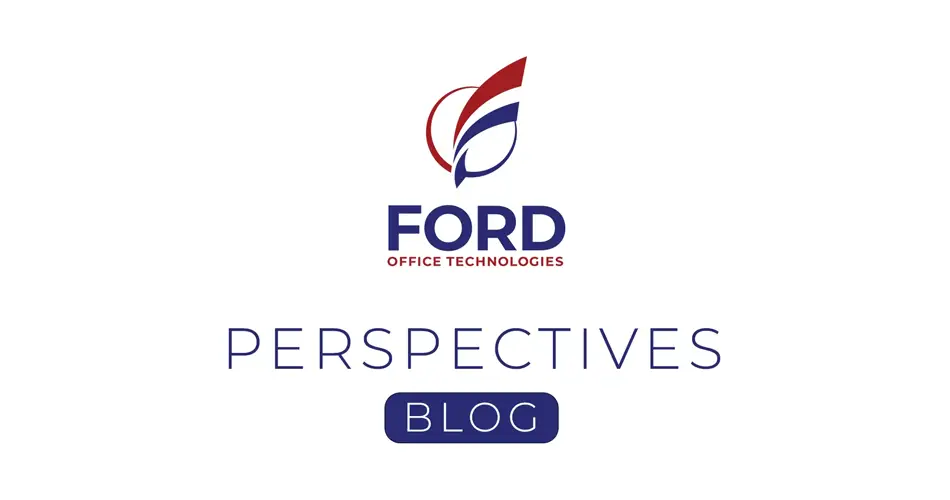
Businesses adopted the cloud for speed, scalability, and cost savings. Over time, it became indispensable due to its flexibility, rapid deployment, and team accessibility. But with the benefits come serious risks. A single wrong click or one corrupted file can expose vulnerabilities—and attackers are constantly looking for an entry point. The truth is simple: cybercriminals ... Read more
Categories
- Business and Technology (27)
- Business copier (62)
- Copier Printer Scanner (9)
- Document Management (12)
- How To (6)
- Interactive Touch Display (1)
- Managed IT (30)
- Managed Print (15)
- News (9)
- OCR technology (1)
- Optical character recognition (1)
- Production Print (1)
- Testimonials (4)
- Uncategorized (4)
More News

AI in Cybersecurity: Fact vs. Fiction
Artificial intelligence is revolutionizing cybersecurity, but it’s also surrounded by myths that can lead businesses ... Read more

How to Ensure Your Cyber Insurance Pays Out When You Need It Most
Cyber liability insurance is a prudent investment for any business navigating today’s increasingly complex digital ... Read more

Cybersecurity Starts with Your Team: Uncovering Threats and the Benefits of Training
When most businesses think of cybersecurity, they picture firewalls, encryption, or the latest security tools. ... Read more

How to Protect Your Business from Thrid-Party Cyber security Risks
For today’s businesses of all sizes, third-party vendors are a necessity. Whether they provide IT ... Read more

The Role of Leadership in Cybersecurity Awareness: How Business Leaders Can Set the Tone
You’ve invested in the latest firewalls and antivirus programs and hired a solid IT team. ... Read more

Employee Cybersecurity Training: Prevent Attacks & Protect Your Business
Most people think of cybersecurity as firewalls, antivirus software, and sophisticated security tools. While these ... Read more

Holiday Cybersecurity: How to Stay Off Cyber Santa’s Naughty List
The holiday season is a time for giving, but it’s also a prime time for ... Read more

Protecting Student Data: Essential School Cybersecurity Measures
In today’s digital age, schools rely heavily on technology to enhance learning experiences. However, this ... Read more

Small Business Technology: Top 5 Integration Challenges and How to Solve Them
In today’s rapidly evolving digital landscape, many start-ups are looking for efficient and cost-effective small ... Read more